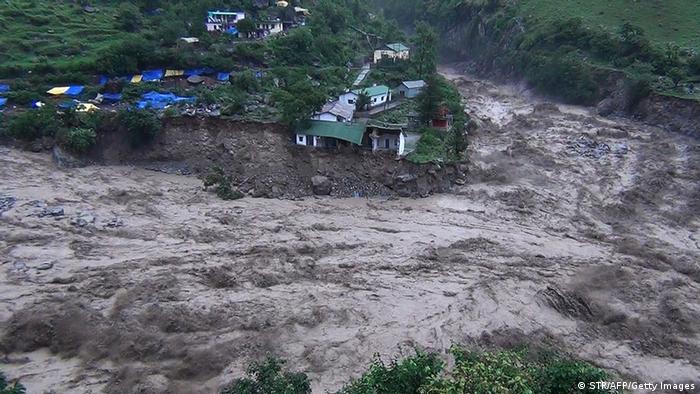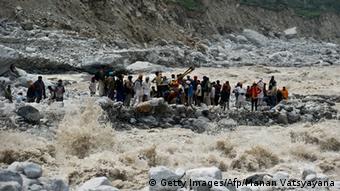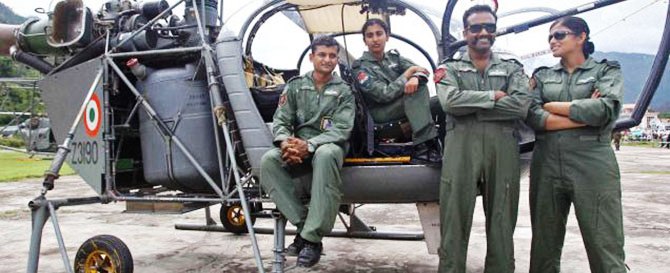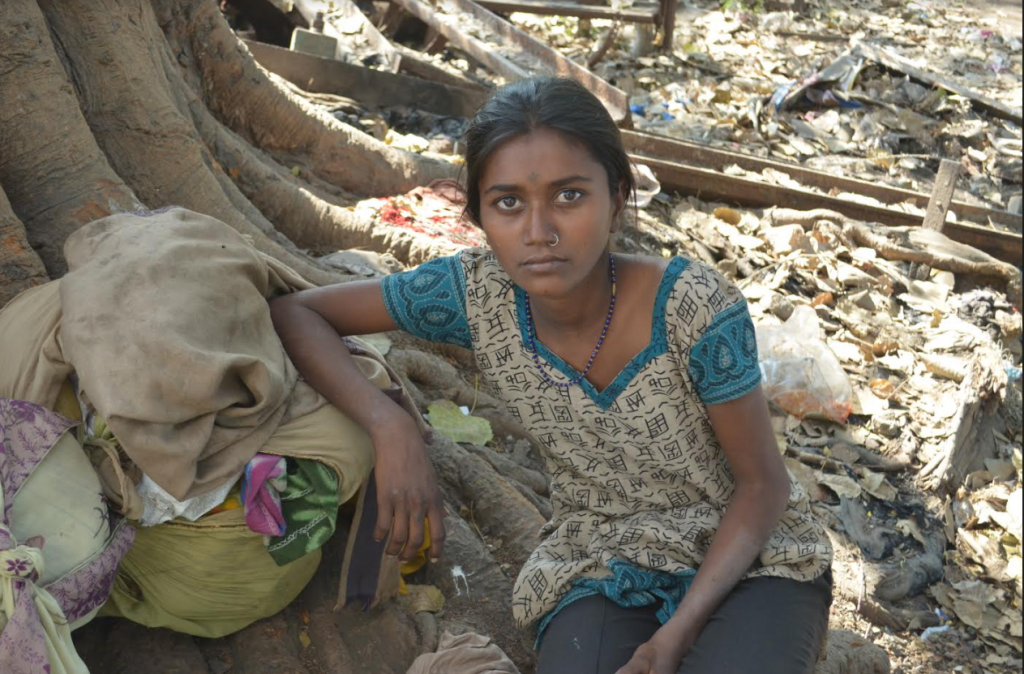The Messiahs of Uttarakhand
Uttarakhand, India’s northern state has suffered severe damages following a flood of cataclysmic proportions. According to unofficial sources, nearly 1,000 people have died while several remain buried under debris and landslides. The Uttarakhand Himalayas are home to Hindu and Sikh pilgrimage sites and several of those who died were on their way to seek blessings from the gods. But amid the news of massive loss and destruction of property and human lives, there are some heart-rending tales of heroism.
Mother Nature was particularly cruel to women in the non-descriptive village of Bamni. Almost all women in this unfortunate village are now widows since the gushing water and boulders washed away their husbands. Several women have lost their sons too.
Traditionally, men from this village are pujaris (temple priests) who conduct prayers in the Kedarnath Temple and smaller temples in the area. The Kedarnath temple is more than 3,500 meters above sea level and the area experiences a huge rush of tourists and pilgrims in the months April to June and locals make the best of this business opportunity. The men in the village stay in the temple and take along their sons too, who try making some extra money by offering various services to tourists.
In June this year, the tourist rush was at its maximum when a cloud burst occurred in Kedarnath. The priests in the temple did not have any time to rush to safety. They were either swept away with the strong water currents or perished under the rubble and the boulders rolling down the hills.
Fear and loss
Two old ladies somehow survived this horrible devastation to relate the tale of horror to the rest of the world. After being stranded in a village without food and water for four days, they reached Nainital, a small town located in the mountains. According to Basanti Devi and Vaijanti Joshi, Bamni village turned into a ghost town where the silence after the floods spoke volumes about the tragedy.
Losing their men folk is just the beginning of their woes for the hapless women. A bleak future awaits them. They are illiterate and unskilled. Their only source of income was what their husbands and sons earned at the temple. The rehabilitation work in the area is a massive challenge for the state government and considering the political one-upmanship and lack of constructive direction, these widows have a very slim chance of any substantial government aid.
Surprisingly, no women’s organizations or groups have stood up to support them. All the fancy sound bytes on television by women’s activists sound hollow in the face of the real tragedy. A New Delhi-based social worker with a Christian network said her organization could help these widows but would like to play safe. “The village where tragedy occurred is predominately Hindu Brahmin area and our working there may cause social problems,’’ the social worker said on the condition of anonymity.
No faith in God
The plight of 17-year-old Devki Rani of Rajasthan is no better than the horrid tale of the widows of Village Bamni. Devki was staying in a dharamshala (a local inn where pilgrims can stay free of charge) with her parents around the Kedarnath Temple when the tragedy struck. In the dead of the night when the noise of the water and boulders broke the silence, Devki saw everyone running towards the temple. She also ran towards the temple with some other guests at the dharamshala, but when she turned back to look for her parents they were not there. The fast rising water had engulfed them.
“On that night, I broke my relationship with God,” a heart-broken Devki says. “Oh God, why did you call us here,’’ was all that she could say. Ironicall, Devki had come to Kedarnath with 42 others from her native Barmer, a border town in Rajasthan, to pay obeisance to Lord Shiva at Kedarnath. Now she is left alone in the world.
In a similar story, a three-year-old girl rescued from Gaurikund has emerged as the face of the tragedy. She was discovered by the rescue teams in a critical state with fractured legs. There was no trace of her parents or relatives. After being admitted to a hospital in Dehradun, the capital of Uttarakhand, all she remembers is “Papa” and “Mummy.” One fails to understand why Gods have been so cruel to the innocent kid.
The female Messiahs
Apart from thewidows’ and the unknown child, some other women have faced the challenge head on to raise hopes for the unfortunate marooned people. Khushboo Gupta and Tanya Srinivas are two such gallant ladies.
Members of the Women Air Warriors rescue squadron of the Indian Air Force (IAF), Squadron Leader Khushboo Gupta has done over 60 sorties in her Cheetah helicopter to the Kedarnath valley and beyond. Flight Lieutenant Tanya Srinivas has also logged in a similar number of dashes over the dangerous region to bring people back home. Interestingly, the husbands of both the women are also helicopter pilots engaged in the ongoing Operation Rahat, the largest airlift of people and relief supplies undertaken by the IAF.
At times acting both as the pilot and co-pilot, Khushboo has evacuated over 100 people from Jungle Chatti and other places. “We were operating in areas where bigger helicopters like MI17s could not go. Landing the Cheetah in restricted spaces was very demanding. But it was very satisfying and rewarding to see smiles on the faces of the people we rescued,” she said.
Then there were some angels in the garb of simple housewives of the remote Pursadi Village along the Badrinath National Highway, also a mountainous region with a terrain that is hard to negotiate. Ever since the rescue work began, these women pitched tents on the road and converted them into makeshift kitchens. These tents became a lifeline for the hungry people stranded in the flooded areas. Several of these simple women walked 10 to 12 kilometers to reach the tents to cook food for the stranded people. They were working in shifts to make three meals a day to feed the tourists and pilgrims – all free of charge.
Jodie Underhill was a British woman whose untiring efforts are a shining example of the sense of duty and compassion. 37-year-old Jodie had parked herself near the Sahastradhara helipad where survivors of the tragedy were being flown in. She kept the area clean by regularly picking up plastic cups, paper plates and other waste left by the curious onlookers. Popularly know as the “Garbage Girl,” Jodie had come to India in 2008 as a tourist and seeing the filth in the hill stations, decided to do her bit to clean them up through her voluntary organization, “Waste Warriors.”
What happened to the women in Bamni village is indeed heart wrenching. Nothing in the world can replace their loss. But what two young lady Indian Air Force Officers, Jodie and women at the road side kitchen have done reassures that there is still hope. It also raises a question: why do we always assume that a “Messiah” has to be a man?
Author: Norris Pritam
Editor: Manasi Gopalakrishnan







